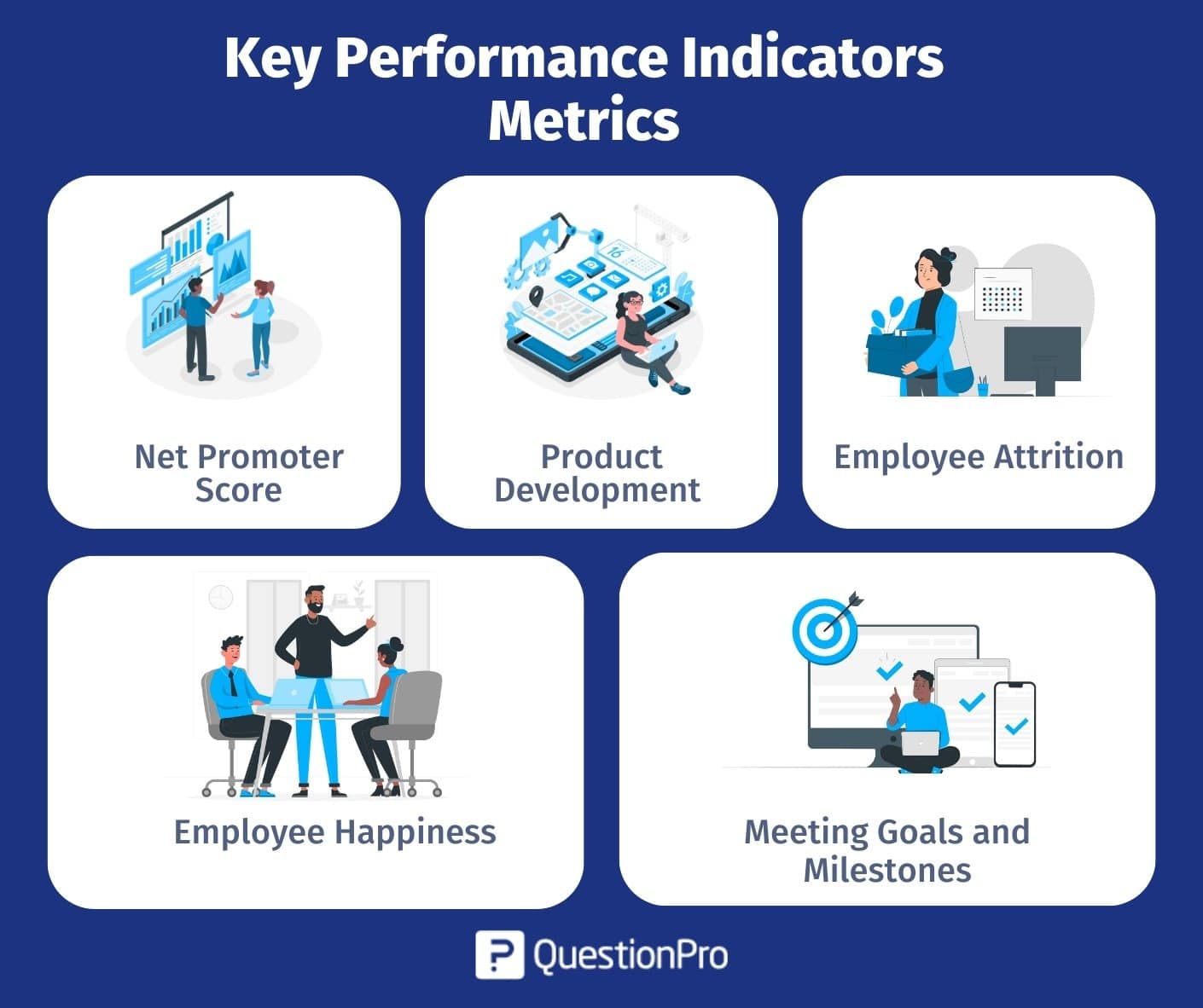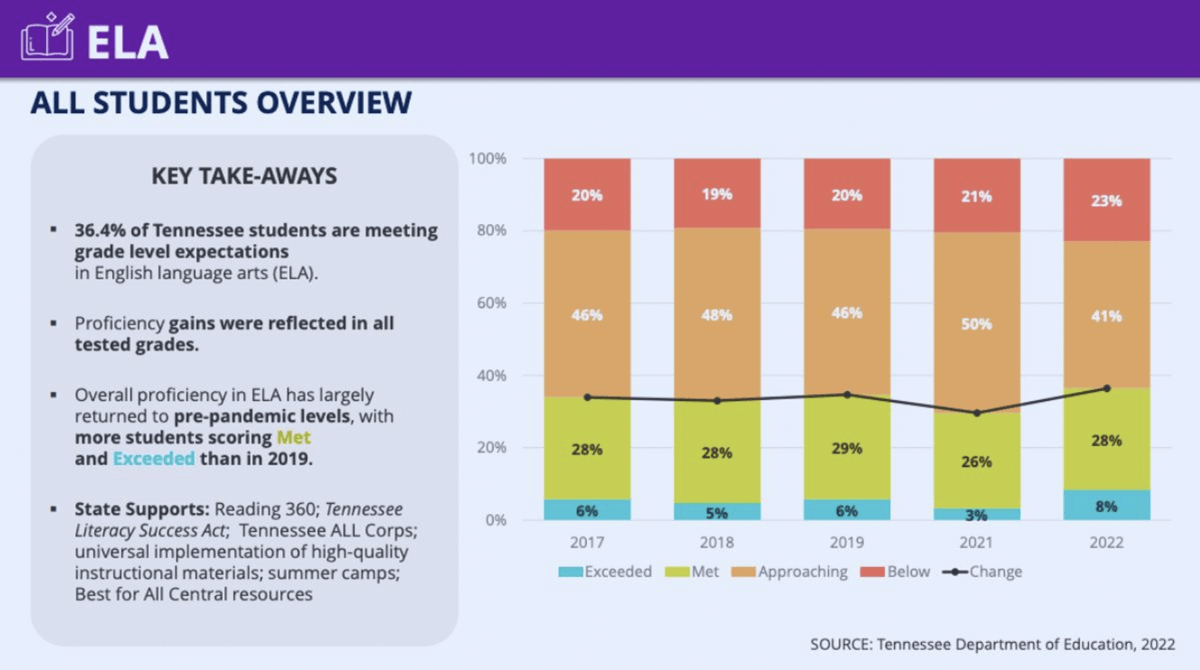The U.S. Dollar And Presidential Economic Policy: A Case Study Of The Nixon Administration And Beyond

Table of Contents
The Nixon Shock and the End of Bretton Woods (1971)
The Devaluation of the Dollar
President Richard Nixon's 1971 decision to close the gold window – effectively ending the Bretton Woods system of fixed exchange rates – marked a watershed moment in the history of the U.S. dollar and presidential economic policy. This move, known as the "Nixon Shock," allowed the dollar to float freely against other currencies. The reasons behind this drastic action were multifaceted:
- Persistent Balance of Payments Deficits: The U.S. was experiencing significant trade deficits, meaning more dollars were flowing out of the country than were coming in. This put immense pressure on the U.S. gold reserves, which were backing the dollar under the Bretton Woods agreement.
- Rising Inflation: Domestic inflation was eroding the purchasing power of the dollar, making U.S. goods less competitive in international markets.
- Increasing Foreign Demand for Gold: Other countries were increasingly demanding gold in exchange for their dollar holdings, further depleting U.S. reserves.
The immediate consequence was a devaluation of the dollar. While the exact percentage varied against different currencies, the dollar lost significant value. This had far-reaching consequences:
- Impact on Inflation: The devaluation initially exacerbated inflation as the cost of imported goods increased.
- Impact on Balance of Payments: While intended to improve the balance of payments, the initial effects were mixed.
- Impact on Trade Deficits: The short-term impact on trade deficits was also complex, depending on the price elasticity of demand for imports and exports.
Consequences of the Nixon Shock
The Nixon Shock had profound and lasting consequences for the U.S. dollar's role in the global economy. The move to floating exchange rates created a more volatile, but arguably more flexible, international monetary system.
- Short-Term Consequences: Market uncertainty and volatility characterized the immediate aftermath of the shock.
- Long-Term Consequences: The long-term consequences involved increased currency fluctuations, necessitating more sophisticated hedging strategies for businesses engaged in international trade. The rise of floating exchange rates also increased the importance of macroeconomic management.
- Positive Impacts: The floating exchange rate system allowed for greater flexibility in responding to economic shocks.
- Negative Impacts: Increased volatility made international trade and investment riskier.
Subsequent Administrations and U.S. Dollar Policy
The Nixon Shock set the stage for future presidential economic policies concerning the U.S. dollar. Subsequent administrations navigated the challenges of managing a floating exchange rate system and its implications for trade, inflation, and economic growth.
Reaganomics and the Strong Dollar
The Reagan administration's supply-side economics, emphasizing tax cuts and deregulation, led to a period of strong dollar growth, though this period also coincided with some significant trade deficits.
- Tax Cuts: Lower taxes stimulated economic activity, which increased demand for the dollar.
- Deregulation: Reduced regulation fostered economic growth, strengthening demand for the dollar.
- Influence on Dollar Value: The combination of these policies initially led to a significantly stronger dollar. However, this period also saw a substantial increase in the U.S. trade deficit. Charts showing the dollar's value during the 1980s clearly illustrate this strong period.
The Clinton and Bush Administrations
The Clinton administration oversaw a period of economic expansion and a relatively stable dollar. The Bush administration, however, faced the challenges of the dot-com bubble burst and the 9/11 terrorist attacks, impacting the value of the dollar.
- Key Economic Policies: The Clinton administration's focus on fiscal responsibility and free trade contributed to dollar strength. The Bush administration's tax cuts and increased government spending had a more mixed impact.
- Relation to Dollar Exchange Rate: The dollar strengthened under Clinton, reflecting economic growth and stability. Its value fluctuated more under Bush, impacted by external shocks. The Asian financial crisis impacted the global economy and, consequently, the dollar during this period.
The Obama and Trump Administrations
The Obama and Trump administrations took distinctly different approaches to economic policy, influencing the U.S. dollar differently.
- Quantitative Easing (Obama): The Federal Reserve's quantitative easing programs, designed to stimulate the economy following the 2008 financial crisis, led to a period of dollar weakness.
- Trade Wars (Trump): President Trump's trade wars with China and other countries created uncertainty and impacted the dollar's value.
- Effect on the Dollar: Both administrations saw significant fluctuations in the value of the dollar. A comparative analysis of economic performance under these administrations provides useful insight into the complex relationship between economic policy and the dollar's value.
Factors Influencing U.S. Dollar Value Beyond Presidential Policy
While presidential economic policies play a significant role, other factors influence the U.S. dollar's value.
Global Economic Conditions
Global economic trends have a significant impact on the dollar's value.
- Impact of Global Crises: Global recessions and financial crises often lead to a flight to safety, strengthening the dollar as investors seek safe haven assets.
- Fluctuations in Commodity Prices: Changes in the price of oil and other commodities can impact the dollar's value, particularly for countries heavily reliant on commodity exports.
- Interest Rate Differentials: Differences in interest rates between the U.S. and other countries influence capital flows and the dollar's exchange rate.
Geopolitical Factors
Geopolitical events and instability significantly impact the U.S. dollar's strength.
- Wars and Conflicts: Periods of war or geopolitical instability can lead to a flight to safety, increasing demand for the dollar.
- Political Uncertainty: Political uncertainty in other parts of the world can increase demand for the dollar as a safe haven asset.
- Consequences for Dollar Value: Geopolitical events introduce significant volatility into the global economy and impact the dollar’s value.
Conclusion
The U.S. dollar's position in the global economy is significantly shaped by presidential economic policies, but also influenced by external factors. This analysis of the Nixon administration and subsequent presidencies demonstrates the complex interplay between domestic policy, international relations, and the value of the U.S. dollar. Understanding this relationship is crucial for navigating the complexities of international finance. Further research into the specific policy tools and their effectiveness in maintaining a strong and stable U.S. dollar is encouraged, as is continued monitoring of the evolving relationship between the U.S. dollar and presidential economic policy. For a deeper dive into the intricacies of U.S. dollar policy, explore further research on the impact of the U.S. Dollar and Presidential Economic Policy.

Featured Posts
-
 Hollywood Shut Down Writers And Actors On Strike What It Means For The Industry
Apr 28, 2025
Hollywood Shut Down Writers And Actors On Strike What It Means For The Industry
Apr 28, 2025 -
 The Post Roe Landscape The Significance Of Over The Counter Birth Control Access
Apr 28, 2025
The Post Roe Landscape The Significance Of Over The Counter Birth Control Access
Apr 28, 2025 -
 Silent Divorce Identifying The Key Indicators Of A Failing Marriage
Apr 28, 2025
Silent Divorce Identifying The Key Indicators Of A Failing Marriage
Apr 28, 2025 -
 Dont Miss Hudsons Bay Closing Sale With Huge Markdowns
Apr 28, 2025
Dont Miss Hudsons Bay Closing Sale With Huge Markdowns
Apr 28, 2025 -
 Lab Owners Guilty Plea Falsified Covid Test Results During Pandemic
Apr 28, 2025
Lab Owners Guilty Plea Falsified Covid Test Results During Pandemic
Apr 28, 2025
Latest Posts
-
 Boston Red Sox Roster Shuffle Casass Demise And Outfield Change
Apr 28, 2025
Boston Red Sox Roster Shuffle Casass Demise And Outfield Change
Apr 28, 2025 -
 Red Sox Lineup Shakeup Casas Demoted Struggling Outfielder Returns
Apr 28, 2025
Red Sox Lineup Shakeup Casas Demoted Struggling Outfielder Returns
Apr 28, 2025 -
 Is This Red Sox Outfielder The Next Jarren Duran A Breakout Season Prediction
Apr 28, 2025
Is This Red Sox Outfielder The Next Jarren Duran A Breakout Season Prediction
Apr 28, 2025 -
 Orioles Announcers Jinx Finally Snapped After 160 Game Streak
Apr 28, 2025
Orioles Announcers Jinx Finally Snapped After 160 Game Streak
Apr 28, 2025 -
 Orioles Broadcasters Jinx Broken 160 Game Hit Streak Ends
Apr 28, 2025
Orioles Broadcasters Jinx Broken 160 Game Hit Streak Ends
Apr 28, 2025
